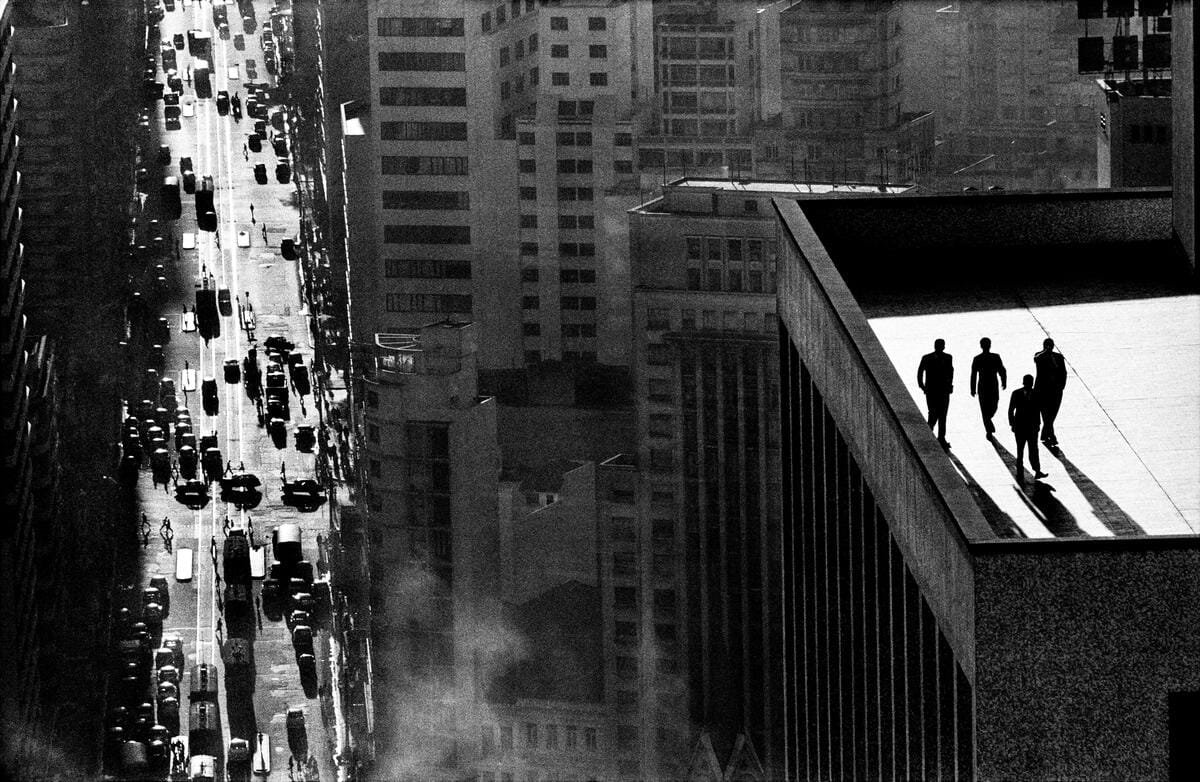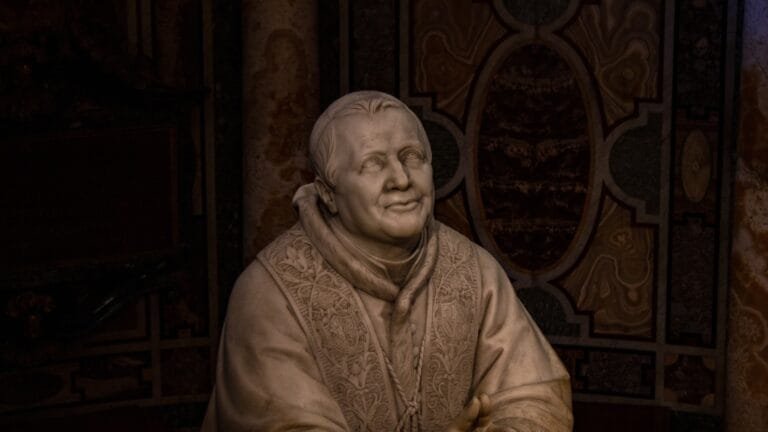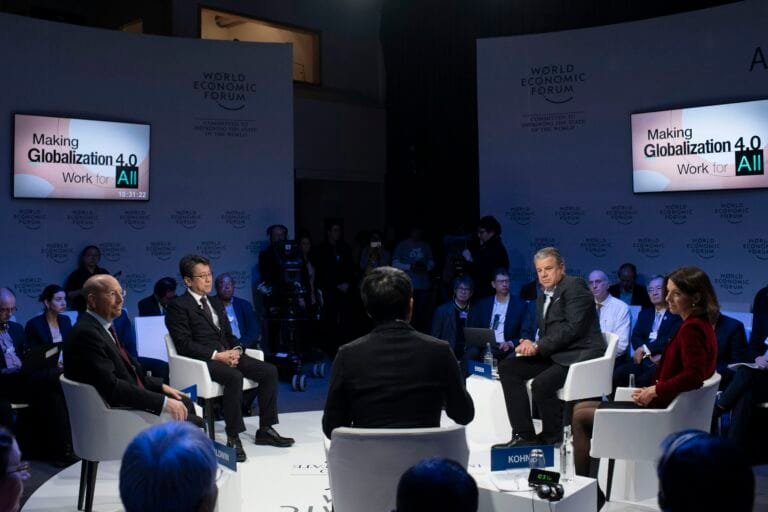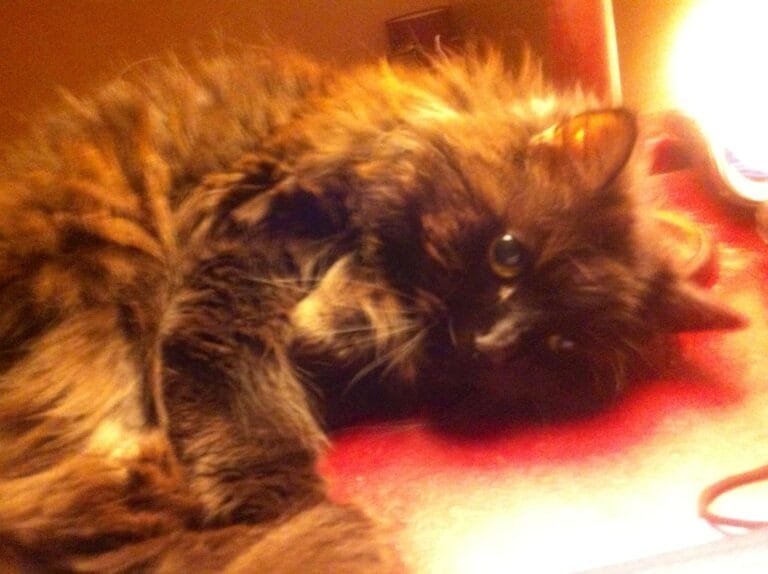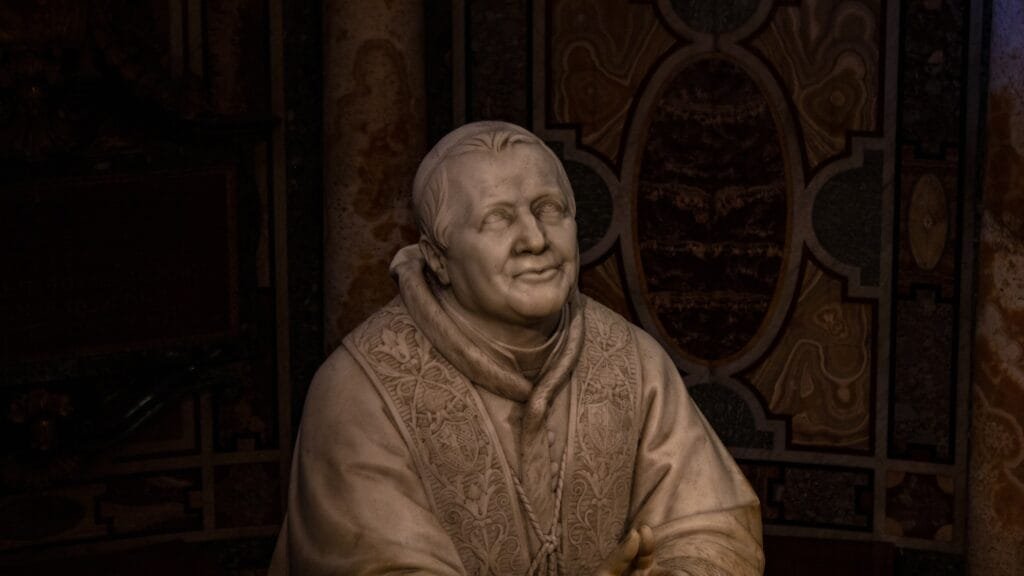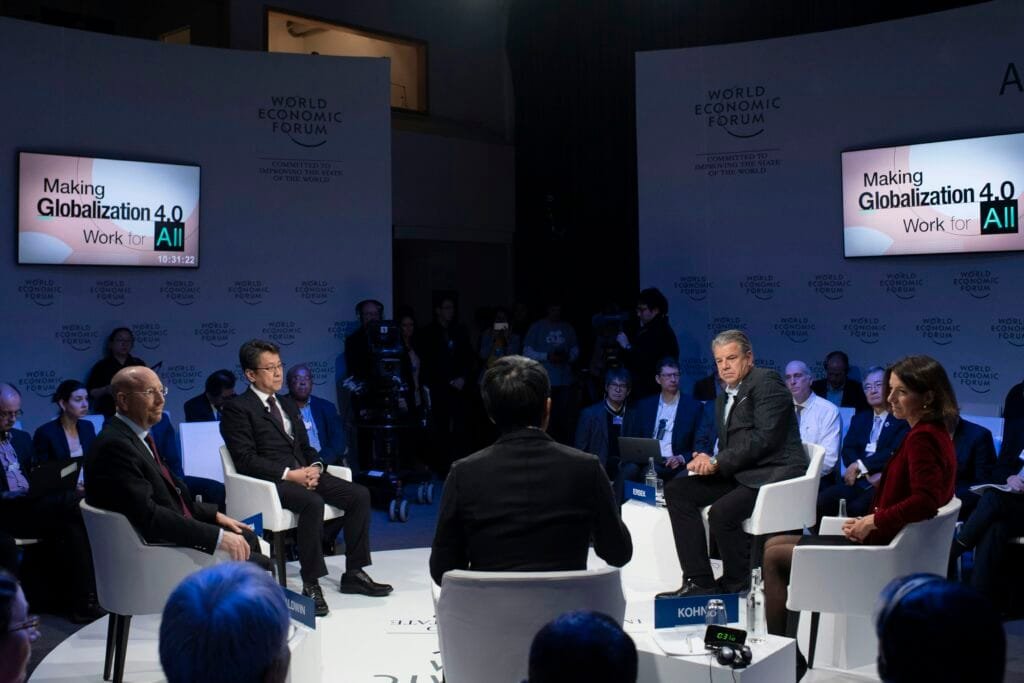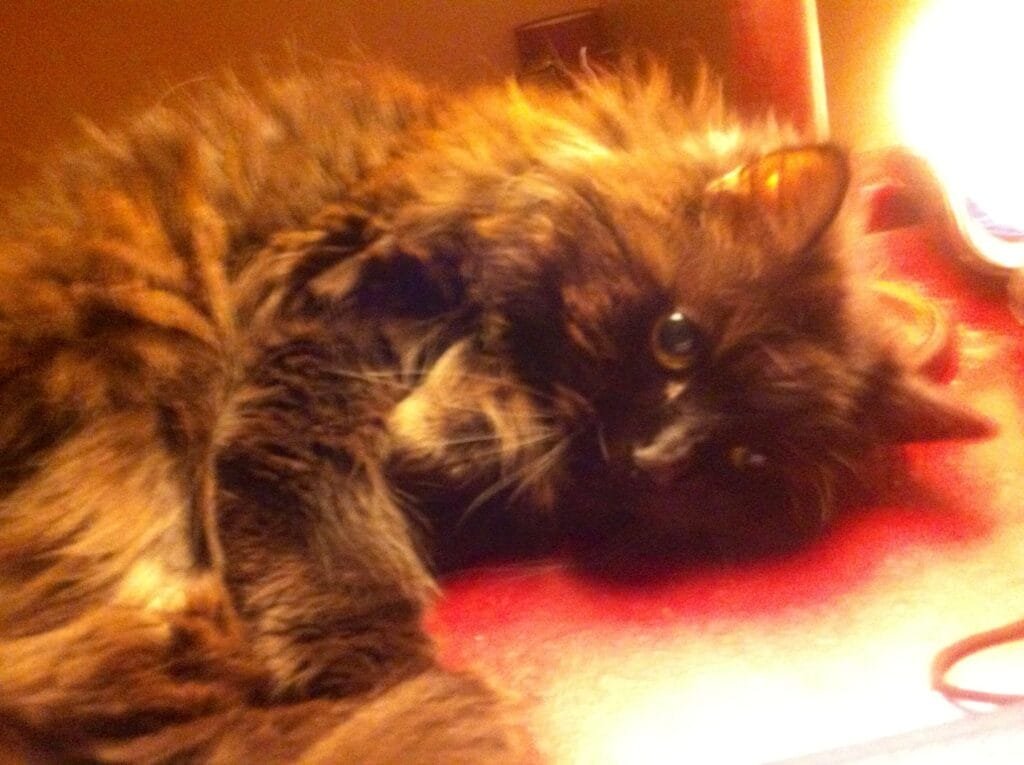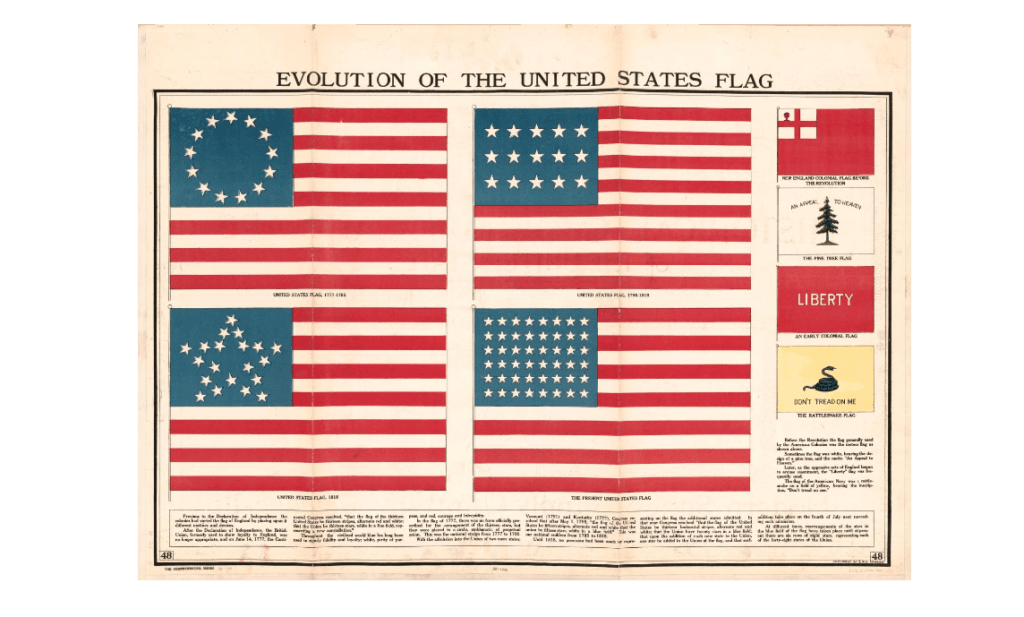When the concept of the first edition of the Magnum Magnum book was put to photographers at an annual meeting, they loved the fairness of the project, which would, for the first time, include every single Magnum photographer, all given equal footing. It was Martin Parr’s instinct for mischief that would make it all the more interesting when he asked, “Why don’t we select each other’s work?” The idea, notes Thames & Hudson Commissioning Editor Andrew Sanigar, was ahead of its time. “Audiences now are obsessed with ‘hearing the photographer’s voice’ and knowing what they think, or knowing their views on others.”
What transpired was a highly delicate operation, expertly navigated by the then Cultural Director at Magnum Brigitte Lardinois, as photographers, all 88 of them, had to be matched. They were asked who they wanted and who they didn’t want. “You can try and work out who’s friends with who,” suggests Martin Parr. “That would be fun, wouldn’t it?” The process, and resultant body of work, would lay bare the dynamics between the photographers at the heart of the agency.
A new 2024 edition of Magnum Magnum repeated the exercise, with the inclusion of 25 new photographers who have since joined the cooperative, and 150 new photographs. It not only represented an opportunity to re-run the exercise with a new cohort, it reflected some of the stories of alliances, rivalries and shared experiences that are canon to Magnum.
Speaking at the London launch of the new edition, Martin Parr, who was President of Magnum Photos at the time of publishing the original; Olivia Arthur, who became a Member after the first edition was published and was President during the making of the second edition; Editor Brigitte Lardinois; and Thames & Hudson Commissioning Editor Andrew Sanigar, reminisced about the experience.
The way they discuss Magnum photographers, especially those who have passed on, with such colorful anecdotes — stories that interlink different factions and eras of the agency — keep each other’s legend vividly alive. Here, we share some of those stories and insights from the making of Magnum Magnum.
Alliances and Friendships
Through the incendiary idea of having photographers choose each other, the dynamics between members were made visible. “Photographers were asked, ‘Who do you want to be chosen by; Who do you want to choose; And who do you not want to be chosen by?’ Which was done confidentially,” explains Lardinois. Some were hardly surprising; photojournalists of the same era and ideology Philip Jones Griffits and Ian Berry chose each other. “There were two photographers who didn’t want to choose anyone, Pinkhassov and Stock, they chose themselves. And in the end we agreed.”
Once chosen and matched, photographers were asked why they chose who they did, and to write about them. The results are not only an unprecedented window into the relationships between photographers, but are at times, incredibly moving. David Hurn on Josef Koudelka stands out to Lardinois in particular: “What David Hurn wrote about Koudelka coming to stay the night and ending up being in the house for years — he became like a brother.”
For the photographers, the experience of looking at each other, and at themselves through a different lens was an emotional one. “It’s a very intimate book,” says Olivia Arthur, “because of the way we write about each other, and it gives you a very good insight into how we are and how we interact with each other — in the nicest possible way. There’s a lot of love in this book… and there’s the other part, which is very carefully kept out, which we all know exists there as well.”
Danish photographer Jacob Aue Sobol wrote about Arthur. They had been Magnum nominees during the same period, and so had got to know each other initially, years ago, in those moments of nervously hanging around outside members-only meetings, where nominees were discussed. But when Sobol withdrew for a while they were more distant. The book came at a time when Sobol began to engage more with Magnum again, and the project became a conduit for the two photographers to reconnect. “I was impressed with how engaged he was,” says Arthur. “He went to enormous lengths, really did his research and brought up all sorts of things I would have never expected him to bring up, and so in a way, I got to know him better through that process.”
Photo-editing each other
In addition to writing on their nominated photographer, photographers also had to make a photo selection. “There are very few selections that are obvious, in my view,” says editor Lardinois. “What I found fascinating was the fantastically random potluck,” adds Thames & Hudson’s Andrew Sanigar, “because we were asking them to select an initial eight, which then comes down to six. You have to give the designer some leeway and flexibility of design to make a really good picture edit. The whole thing is an incredibly collaborative dialogue between photographer, between editor, between designer — it’s amazing we got it done in time.”
The late René Burri made his selection of Parr’s images when the original edition was produced. “I thought I’m not going to touch this because René’s done this and he’s selected what he thought were the best six pictures,” says Parr. “I’d never in a month of Sundays have seen a connection between those pictures, except for two, which were very blue, but I liked it because it’s so wacky!”
It’s a truism within the photography world that photographers are often not the best photo editors when it comes to editing themselves. “When I worked here, there were some photographers who were really not good at editing their own work,” says Lardinois, who shares a theory on why this is. “I remember talking to Philip Jones Griffiths once, and he was very good at that and he explained that as a photographer if it took you three days to get the shot, you’re attached to that shot because it’s taken you so much time to get it… And what’s wonderful about this is that photographers didn’t know this from each other… It was very nice and pure.”
For Arthur, who describes the photo editing process as in-depth, like “going on a journey” into the chosen photographer’s work, a healthy rivalry may be behind the exhilarating photo edits in the publication. “One of the things that is very strong in Magnum and keeps Magnum going is competition, and so you set this challenge and they won’t come back with the obvious answer, they’re going to think ‘Okay, I’m going to surprise everybody here, I’m really going to dig through this work.’”
And photographers didn’t get to approve the selection before publication. That is, everyone except the late Philip Jones Griffiths. “Griffiths only wanted to be in if he could come and see the proofs,” says Lardinois. “So we ran that like undercover black ops. He loved that,” adds Sanigar.
A mirror of the membership process
With relationships between photographers exposed, the book naturally also represents some of the mechanics, the clashes of opinion, the alliances and rivalries, that influence the process of getting to be a Magnum photographer. Nowhere is this more evident than Martin Parr’s controversial entrance to the agency on a marginal vote in 1994.
“René Burri did mine,” he says, “and I like that because I have to remind people there was this big argument about whether I should be in Magnum or not, instigated by Philip Jones Griffiths, and René was one of the people that voted for me. Cartier-Bresson phoned up and said ‘Who is this Parr bloke? And he tried to justify it to him, so all credit to René. I love the fact that he chose me because of that.”
Henri Cartier-Bresson’s famous confusion at Parr’s work was immortalized in a fax he sent, saying he thought they were from “two different solar systems” — “and I’ve been dining out on it ever since,” jokes Parr. The two certainly came from two different schools of thought when it came to photography, though they would eventually collaborate on projects, such as The English, which would demonstrate that maybe they had more in common than they first thought. Parr suggests you can hardly tell the difference between their shots of Blackpool, other than through the use of color, in the end.
“I think what’s interesting is this theory of the peer group that you’re making values about,” says Parr, drawing parallels between the book and the membership process, where current members vote on new nominees, and then later on whether nominees should be made members. “There’s that principle on how Magnum is formed and how it functions applied to a book.”
“If you’re from the arty background, you’ve got to have, firstly, the arty people on board, but then you’ve also got to convince people who are more war and event photographers. In other words, you can’t get in with just the votes of your own faction, you’ve got to have it so it’s spread over into the other faction. And that’s when someone is going to successfully get in, because they’ve conquered, if you like, the other faction and convinced them you’re worthy of being included.”
Reflecting an evolving industry
Milestone moments like letting in a photographer like Martin Parr, not only speak to the dynamics within Magnum, but also shifts in the wider photographic world, as new takes on photography continually both challenge the establishment and forge into the future. “When I joined,” says Parr, “Magnum was regarded as a humanitarian agency, and that’s definitely changed, and I think the reason is that the principles are shifting. But ultimately, all these people that do get selected are telling the story about their involvement in the world, in some shape or form. And ultimately, the storytelling aspect of Magnum is there.”
“I think, in the end, with new people coming in, that rigidity is changing and shifting and I like the fact that that’s happening, and you never quite know how and why it’s going to evolve but it is doing that in quite a very good way… “The selection rules and remits have enlarged. And they’ve enlarged, I think, for the better.”
There are more photographic styles and approaches, more women and more people of color now. “We broadened in lots of ways,” says Arthur, “We have more diversity, still not enough diversity.” In addition to criteria updating, the member cohort has dedicated groups to seek out and look for new talent who might not necessarily consider applying.
The new edition of Magnum Magnum reflects this evolution, with the inclusion of new members.“We have a diversity of image making — and that’s because more people are coming in, and we can select each other, but it’s also reflective of the nature of our industry,” says Arthur. “The kind of work that the early photographers were making or were able to make, and live off, that doesn’t exist anymore.”
“So you’ve got to evolve,” adds Parr.
Copies of the 2023 edition of Magnum Magnum, published by Thames & Hudson, are available to purchase here.

